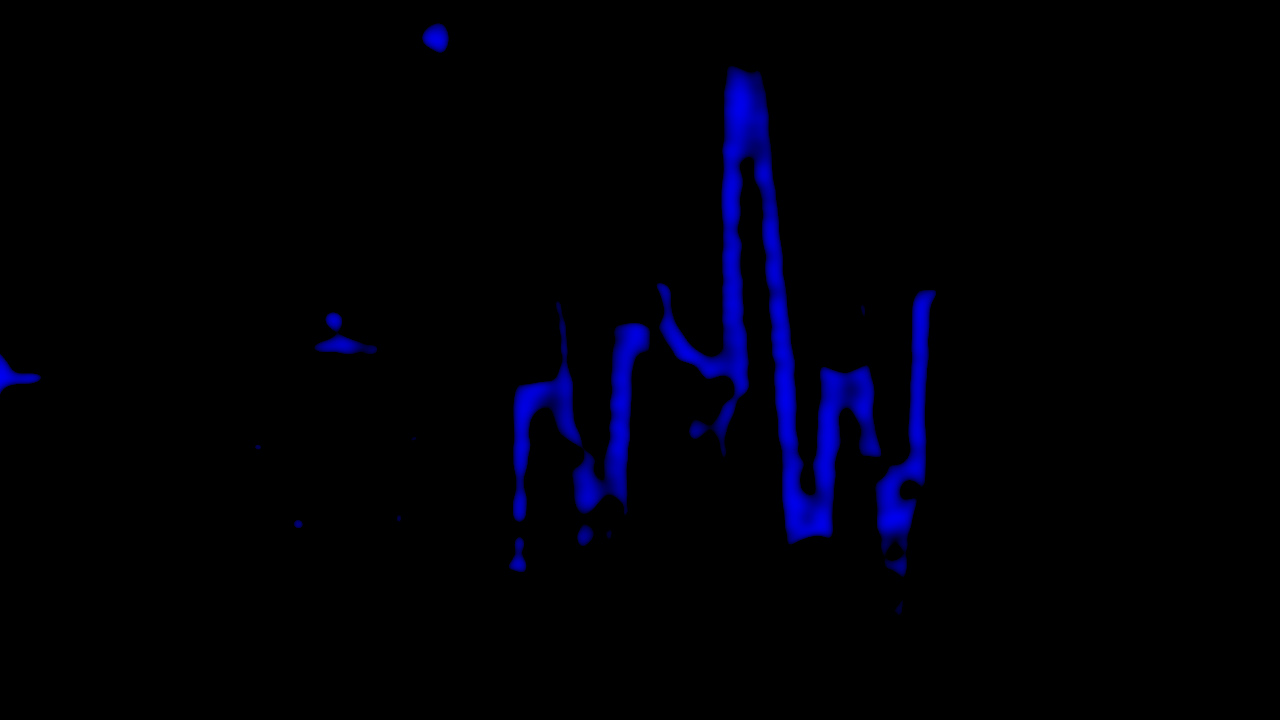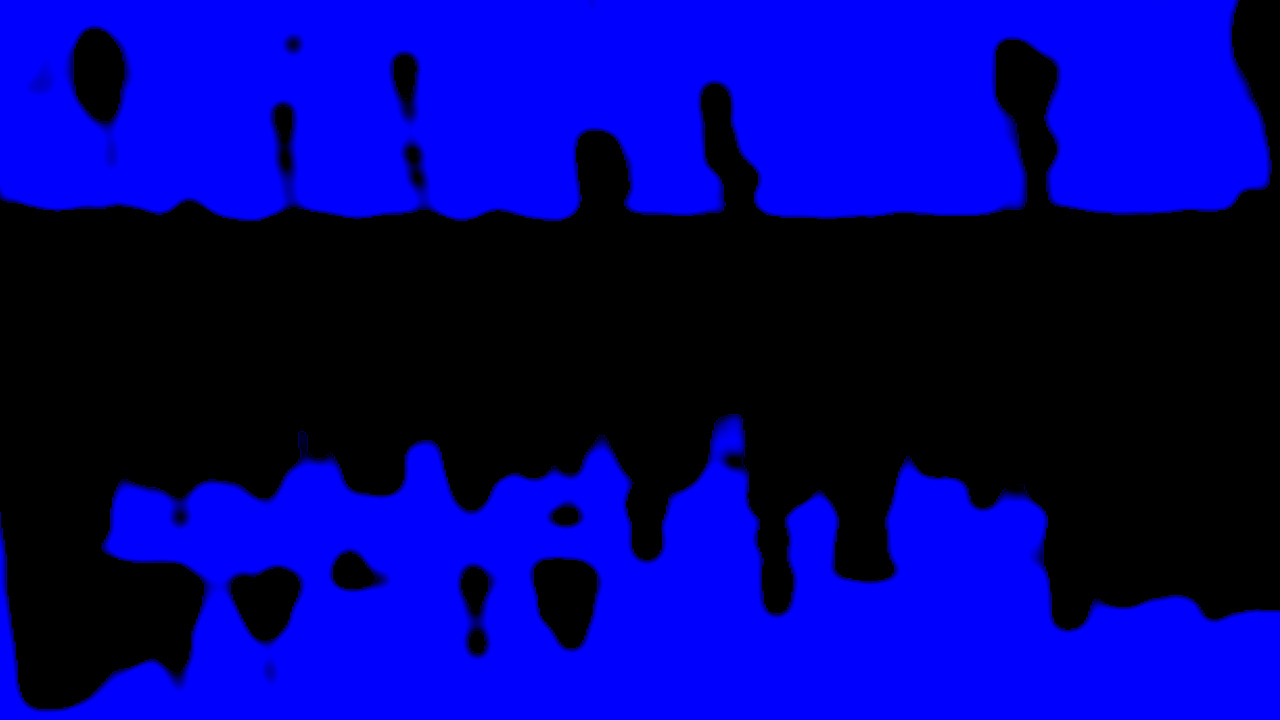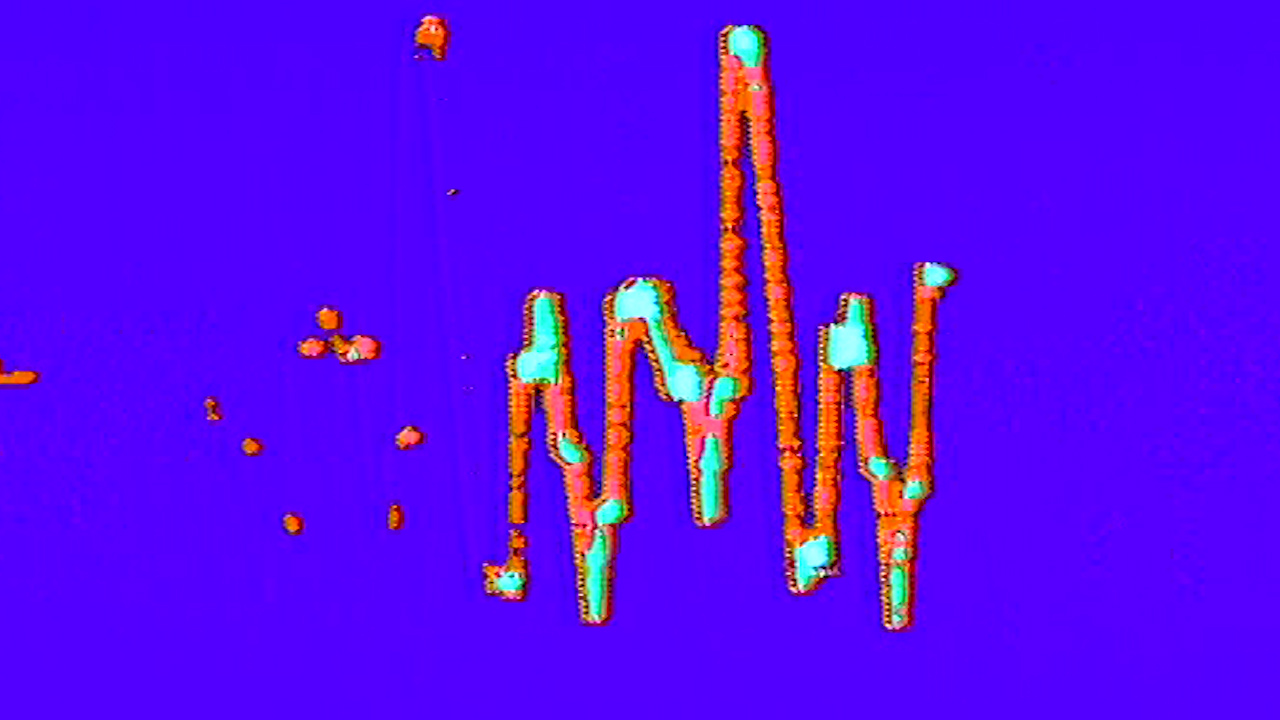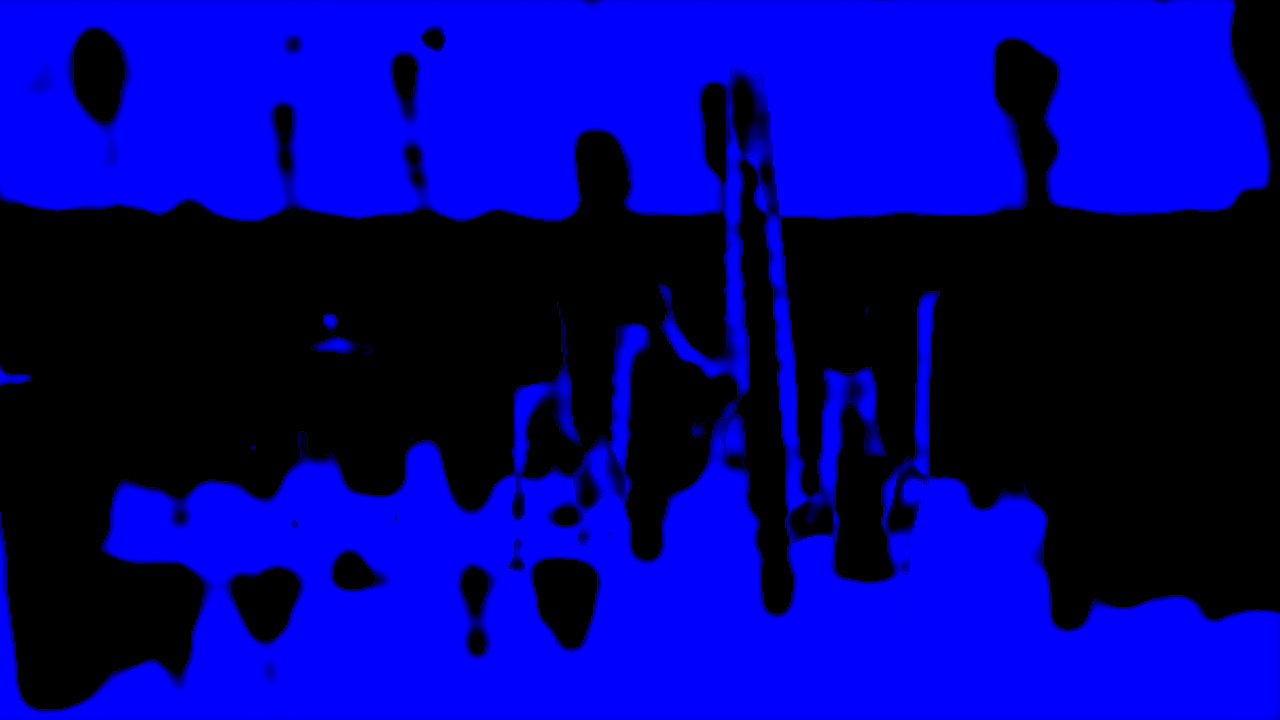Visual Effects + Extracts from the KQEK.com Brian Reitzell Podcast – Part 1
Last week I wrote above a video synthesizer called the Showtime Video Ventures Showmaster Video Colorizer VC-1 (whew!), with a few pictures of this unique gizmo, and mentioned at the tail end it would be used to create ongoing images for a podcast interview with Hannibal’s Brian Reitzell for my media site, KQEK.com.
Well, the creature is done, but not without its share of odd technical challenges which I blame on a combination of Fake Day (Feb. 29), a full moon weekend, and Mark’s World, my own brand of weirdness that stems from gremlins who decide ‘Today… Everything will be annoying, and stupid!’
And so things were, but the podcast is done and can be heard on iTunes [note: feed should be updated shortly] and Libsyn as a straight MP3 file, and in the visual version via YouTube.
I had to keep the final render under 1 GB as it takes about 4 hours to upload and transcode, and anything bigger would pushed the upload time into the ridiculous.
Other reason: apparently there’s an error message that happens when uploading to YT via Firefox. After the file’s been uploaded, things freeze during transcoding, and an error message about expired rights or something pops up, making the nearly 3-4 hours of time spent worthless. You can’t exit, refresh, or continue nor complete without having to restart.
This was – and there’s a reason I’m using past tense – an issue in 2012, but it’s the first time I encountered this head that isn’t prone to Explorer nor Chrome. People indicated the issue was Firefox’s Downloader Helper that buggers the upload, except I don’t have it, which means maybe the issue stems from updating some meta details (name, tags, etc.) before the file’s been fully transcoded. Either way, don’t fiddle with fields until you’ve hit the Done button.
Second reason for extra time wasted: I’ll get to that shortly.
In brief, I wanted to use the Showtime Video Colorizer (SVC) much in the way I used the Atari Visual Music C-240 video synthesizer to render ongoing patterns during the audio for the bonus audio that’ll compliment my upcoming review of Kino’s The Mask (1961) Blu-ray – basically a test to see if the SVC is any good at what it’s supposed to do.
The workflow was something many video artists have done using oscilloscopes, but as these toys can be pricey (plus I missed out on a great one this past Xmas, so the wait continues for a deal), I used a waveform monitor which still provides sound waves when audio is fed into it’s A and B channel inputs.
Workflow was feeding the edited podcast audio into a Tektronix 1730 waveform monitor that allows for displaying A + B channels simultaneously (basically, both stereo audio tracks).
Aim a video camera (a Sony CCD TRV-608 Hi8 camcorder) at the waveform monitor, and send the video footage plus looped out audio into the SVC to colorize the filmed waves. Output that footage to a Toshiba DVD-R recorder, and rip the footage for further processing in Adobe Premiere.
Why DVD-R? Well, the Toshiba can handle hot levels better than miniDV or a direct sending into Premiere via Firewire. I like hot levels and oversaturated colours, and miniDVD has a stricter ceiling before the picture breaks up; the Toshiba can handle a lot of crap before it loses sync and the footage goes bad.
In terms of being able to record footage clean, it worked. In terms of being able to rip the video into Premiere, I encountered something wholly new: no audio within Premiere.
Easy steps done many times before: rip the CD contents as .vob files, rename the file extensions from .vob to .m2v so Premiere can recognize them and you can easily dragged them into the timeline.
New and very annoying problem: although the files have audio when played back in VLC Media Player, there’s no audio within Premiere, and none of my tests found the problem. I tried different ripping software, tried a different DVD drive, different computer and different software, and still within Premiere there was no audio.
Only area left to test are whether when recording to the Toshiba using XP mode (enabling lesser MPEG for 1 hour of video per disc) was the culprit. I’ve recorded footage (with audio) many times, so maybe something bad?
Something to deal with later.
Anyhow, here’s a short-short video illustrating the workflow as waves are captured by the Sony camera, displayed on its monitor, and displayed on the computer monitor as its recorded by the Toshiba:
Vimeo:
YouTube:
And here’s the final podcast on YouTube which features the ‘animated’ visuals that, quite frankly, resemble some 1950s hand-drawn NFB short. Maybe the years of watching these shorts on TV as a kid burned some sense of familiarity in the back of my brain:
I mentioned in the intro that the footage does contain flickering & flashing imagery, so viewers might prefer the straight audio-only podcast on iTunes and Libsyn. I’m drawn to flickering material probably because I grew up with TV snow on old tube TVs, and scrambled Pay TV signals, so I fight it hypnotic and oddly comforting. Go figure.
I’ve also posted two extracts of cues from the third volume of music from Hannibal: Season 3, which were released digitally and on CD by Lakeshore Records and on LP by Invada Records.
Like the podcast audio, music was sent through the same pathways before being recorded to DVD, after which the footage was treated in Premiere where it ultimately resembles a Rorschach test, which is perhaps appropriate since Hannibal’s a wacko shrink with a taste for human blood.
HD versions of those extracts are also viewable separately:
Extract A @Vimeo:
Extract A @YouTube:
Extract B @Vimeo:
Extract B @YouTube:
At some point this summer I’ll have to make a music video, as these projects are modest tests for creating unconventional images, and testing vintage gear to acquire the images for myself, if not clients interested in integrating similar / customized footage as either background material, or as a key layer in their own projects.
Here’s a series of stills chronicling the layers that created the podcast images from raw to finalized:
Layer 1: Raw / and with Filters, Plugins, and Opacity changes
Layer 2: Raw / and with Filters, Plugins, and Opacity changes
Layer 3 (same as Layer 1 with slightly different settings): Raw / and with Filters, Plugins, and Opacity changes
Layers 1, 2, and 3: Raw / and with Filters, Plugins, and Opacity changes
Now then.
A quick Part 2 will follow, but I have to get back to my short film, BSV 1172, as it needs a final 5.1 mix plus a new trailer. So far it’s been submitted to 5 film festivals, with more deadlines coming up in April. Hopefully it’ll get into at least one or two by the time 2016’s done.
The bonus Mask material should be up within 2-3 weeks, featuring footage from the aforementioned Atari Visual Music gizmo.
Cheers, and thanks for reading,
Mark R. Hasan, Editor
Big Head Amusements









